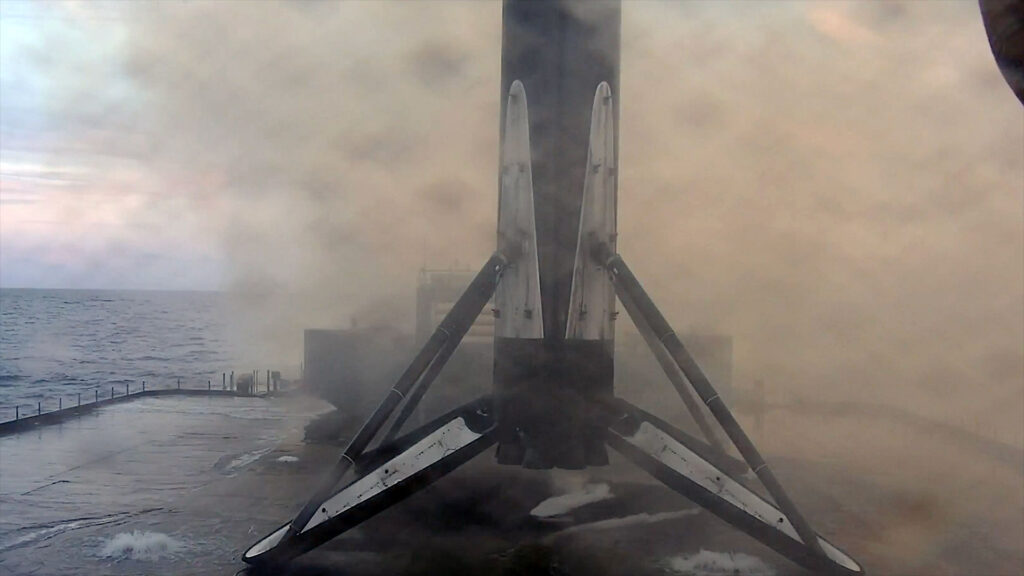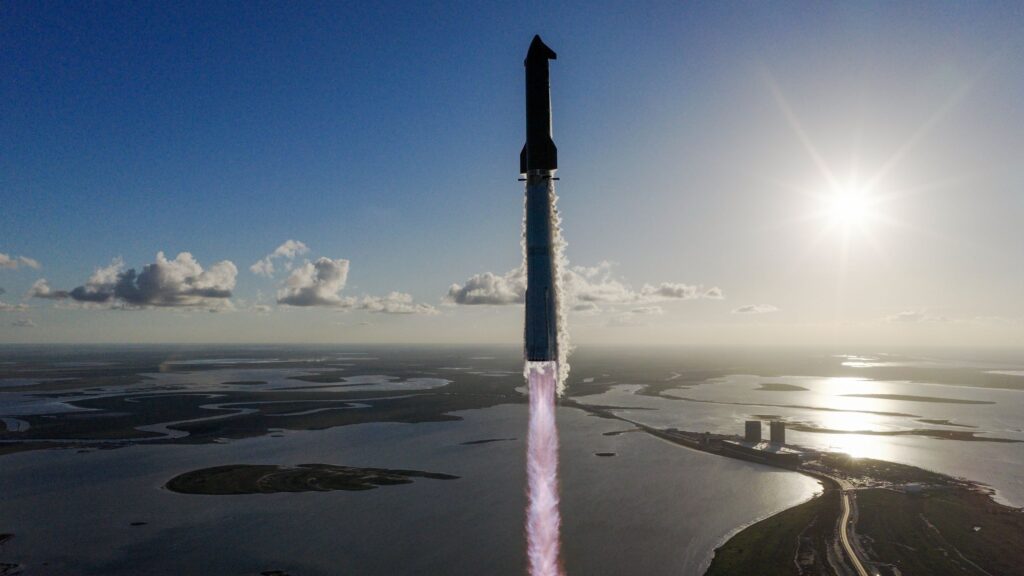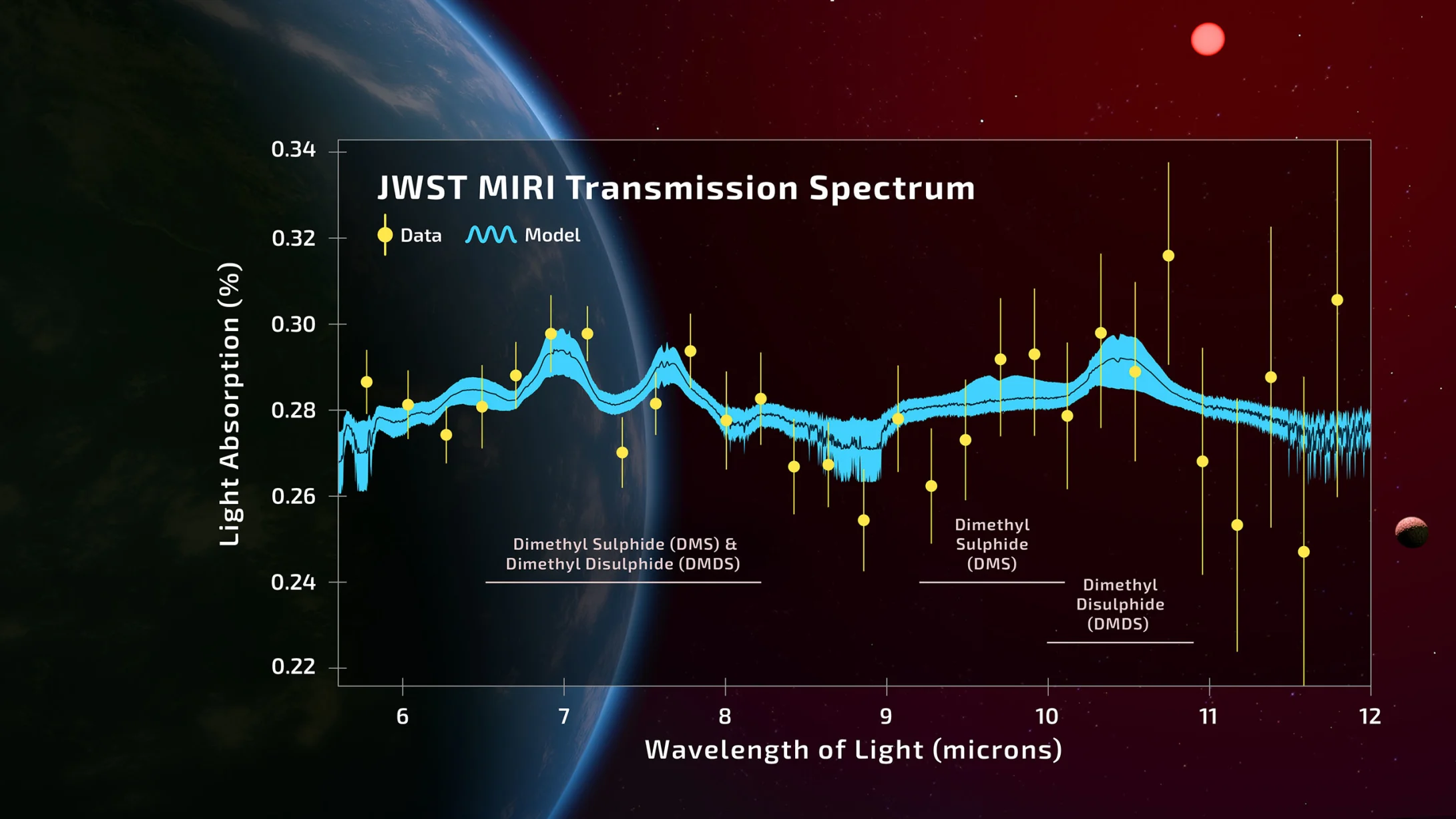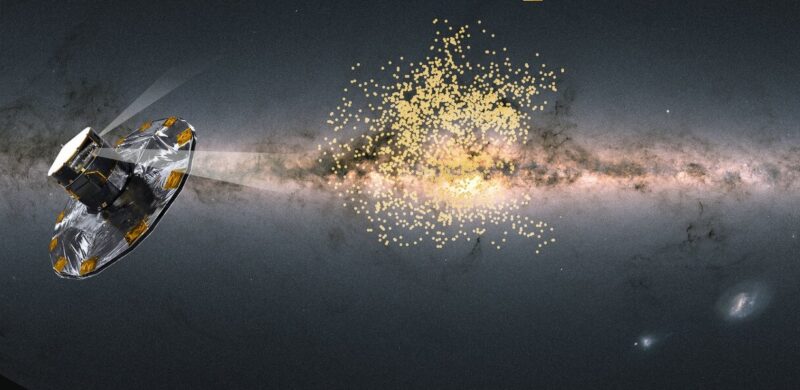Now Reading: The Eta Aquarid meteor shower peaks May 6. Here’s what to expect from the ‘crumbs’ of Halley’s Comet
-
01
The Eta Aquarid meteor shower peaks May 6. Here’s what to expect from the ‘crumbs’ of Halley’s Comet
The Eta Aquarid meteor shower peaks May 6. Here’s what to expect from the ‘crumbs’ of Halley’s Comet
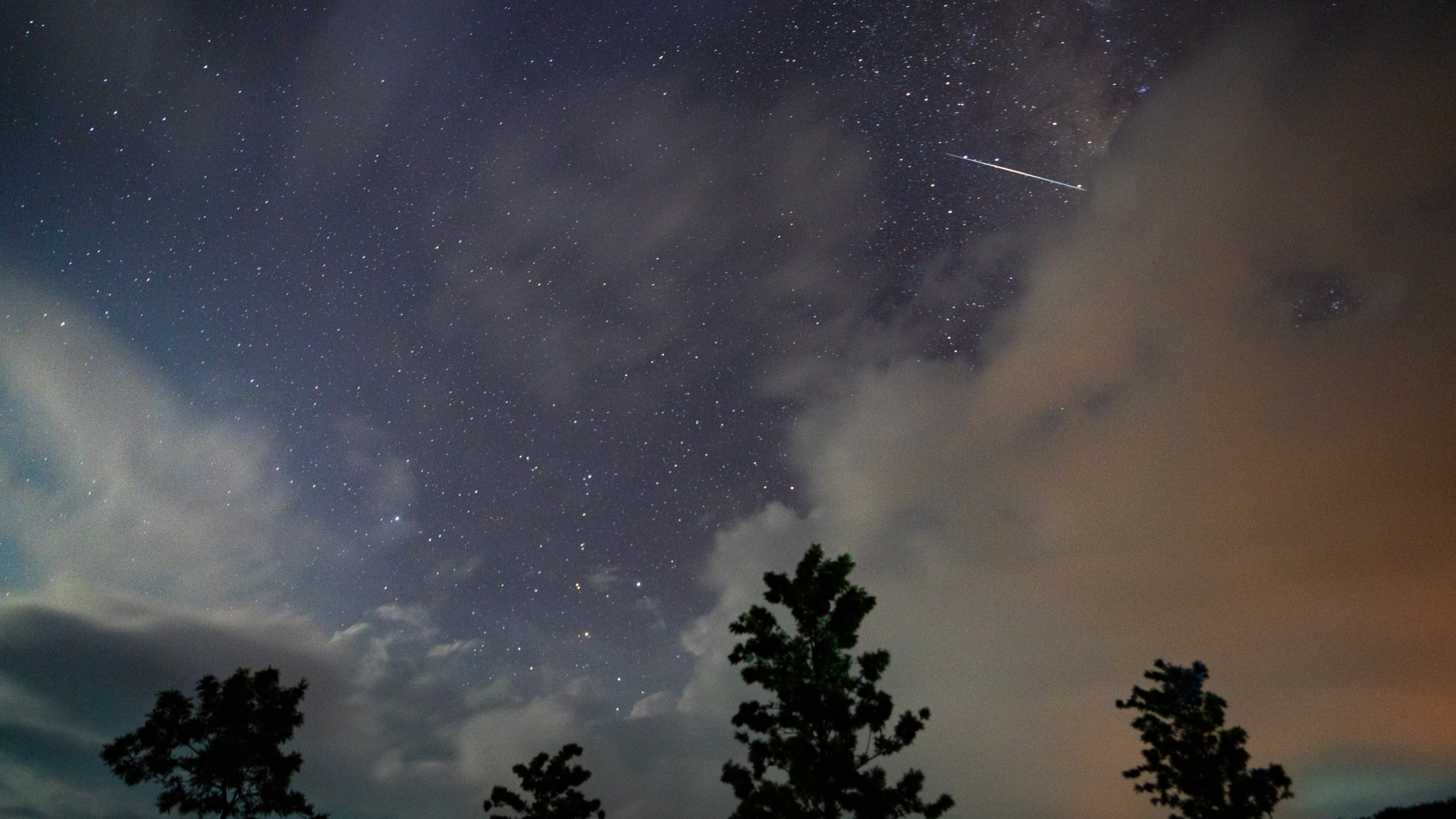
Among the top 10 meteor showers appearing annually, one of the best will be reaching its peak on Tuesday morning (May 6). The Eta Aquarid shower ranks among the top four in terms of overall activity.
Because the meteors appear to emanate from a spot on the sky (called the “radiant”) in the Water Jar of the Aquarius constellation — hence the name “Aquarids” — their visibility favors prospective skywatchers south of the equator. Indeed, for those living in the Southern Hemisphere (Santiago, Johannesburg Melbourne, Auckland), the Eta Aquarid radiant climbs well up in the predawn eastern sky and it is from there that these meteors appear plentiful. In fact, many southern observers consider this shower to be the best meteor shower of the year.
According to the Observer’s Handbook of the Royal Astronomical Society of Canada, the Eta Aquarids are capable of producing as many as 60 meteors per hour, while the Meteor Calendar of the International Meteor Organization (IMO) indicates rates of around 50 per hour.
But from more northerly latitudes, the viewing circumstances are not so favorable. Because these meteors appear to radiate from a position low on the eastern horizon for mid-northern latitudes, even under the most favorable conditions, at best, 10 to “maybe” 20 meteors per hour might be seen.
In addition, this year you’ll also have to take into account a bright moon, just two days past first quarter (a waxing gibbous, 64% illuminated), and it will not set until just after 3:00 a.m. local daylight time, leaving only about an hour of reasonably dark sky for early morning observations of this shower before the increasingly bright dawn twilight becomes too restrictive.
“So,” you might ask, “What’s the point of getting up before dawn to watch?” The answer is that you might still see something spectacular.
More on that in a moment.
Halley’s “comet crumbs”
The Eta Aquarids have a most interesting lineage. Unlike some of the other annual meteor showers whose history can be traced back for many centuries, the Eta Aquarids were not “officially” discovered until the late 19th century. In 1870, while sailing in the Mediterranean Sea, Lt. Col. G.L. Tupman sighted 15 meteors on the morning of April 30, and another 13 a few mornings later. All the meteors Tupman sighted appeared to emanate from the Aquarius constellation, the Water Carrier.
Then in 1876, professor Alexander Stewart Herschel pointed out that the orbit of Halley’s Comet seemed to nearly coincide with the orbit of Earth around May 4, and that if we encountered any comet debris around that time capable of producing meteors, those streaks of light would appear to dart from the vicinity of Aquarius.
Herschel immediately noted that Tupman’s observations were very close to his prediction. In the years that followed, increasing numbers of other astronomers and observers also noted similarities between the orbits of Comet Halley and the “shooting stars” in early May radiating from Aquarius.
Cosmic litterbug
About every three-quarters of a century as it sweeps closest to the sun, Halley leaves a “river of rubble” in its wake along its orbit. As you read these words, the comet is 3.28 billion miles (5.29 billion km) from both the Earth and the sun. The last time Halley swept through the inner solar system was in 1986 (it’s due back in the summer of 2061), but it has traveled around the sun countless numbers of times over the centuries, each time leaving behind a trail of dust and grit similar in consistency and texture to cigar ash or copier toner — debris that astronomers believe dates back nearly five billion years to the birth of the solar system; primordial material that happens to intersect the orbit of Earth about this time in early May every year.
Those pieces that have flaked off its potato-shaped nucleus during previous visits to the sun flare about 62 miles (100 km) above our heads in early May producing the Eta Aquarid meteors. When our planet interacts with that rubble river, those comet bits race through Earth’s atmosphere at high speeds: 41 miles (66 km) per second, to produce the shooting star effect.
The material that the comet releases into space actually intersects our orbit at two places. On its inbound approach to the sun, it produces the Orionid meteor shower in late October, while the material that is released after the comet has rounded the sun and is heading back to the outer limits of the solar system produces the Eta Aquarids.
The brightest Eta Aquarid meteors leave long-lasting trains. But since they are on the outbound leg of their orbits, these meteors arrive mainly in daylight; thus, the nighttime observation interval is short and occurs just before dawn.
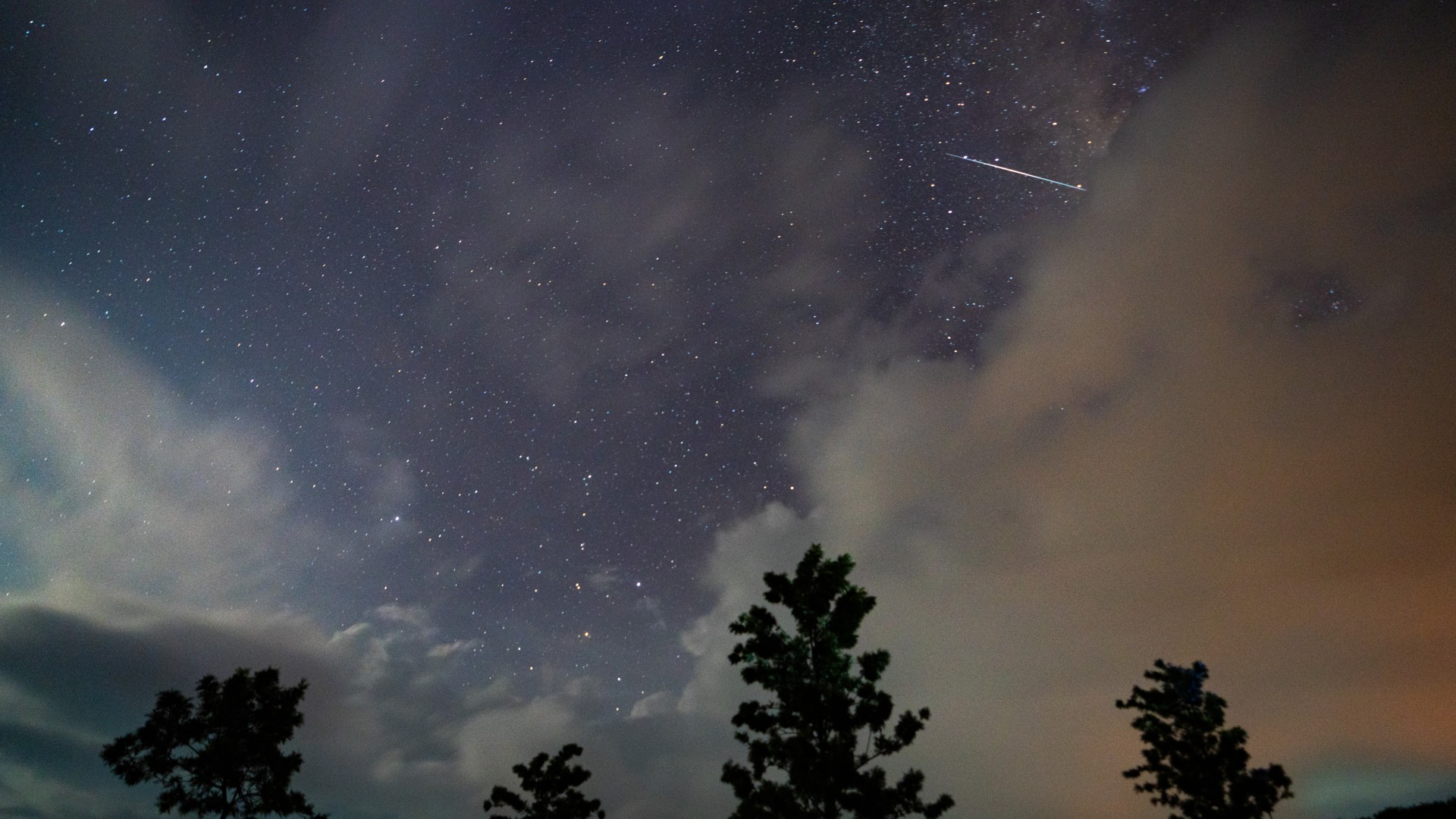
Skimming the atmosphere
Earlier, we suggested that even though viewing circumstances for the Eta Aquarids are not the best for viewers in the Northern Hemisphere, you should still make in effort to go out and look during that short “window of opportunity” between 3 and 4 a.m. on May 6. Here’s why:
For most, perhaps the best hope for seeing the Eta Aquarids is if you happen to catch a glimpse of a member of this meteor swarm as it grazed our atmosphere horizontally — much the same way as a flat rock can be made to skim across the top of a lake or pond.
Assiduous meteor observers refer to such meteors as “Earthgrazers,” and they have a propensity to produce rather colorful and long-lasting trails. Such meteors also appear to travel across the sky on unusually long paths.
RELATED STORIES:
Unfortunately, they also tend to be few and far between. But if you happen to catch sight of just one, it will make your efforts worthwhile. If skies are cloudy on Tuesday morning, be aware that the shower is active for a few days before and after the peak, though meteor rates tend to be only one-half to one-quarter of what you would see at the peak.
Try lying on a long lawn chair pointing due south. Keep your eyes moving around and don’t stare at any one place … keep looking all over. If you do spot a long-trailed meteor, keep in mind that you likely will have seen an incandescent streak of light produced by material that originated from the nucleus of Halley’s comet; the comet itself is still decades away but no matter. A view of an Eta Aquarid meteor will be your personal encounter with the traces of a famous visitor from the depths of space, and quite possibly the dawn of creation.
Joe Rao serves as an instructor and guest lecturer at New York’s Hayden Planetarium. He writes about astronomy for Natural History magazine, Sky and Telescope and other publications.
Stay Informed With the Latest & Most Important News
Previous Post
Next Post
-
 012024 in Review: Highlights from NASA in Silicon Valley
012024 in Review: Highlights from NASA in Silicon Valley -
 02Panasonic Leica Summilux DG 15mm f/1.7 ASPH review
02Panasonic Leica Summilux DG 15mm f/1.7 ASPH review -
 03From Polymerization-Enabled Folding and Assembly to Chemical Evolution: Key Processes for Emergence of Functional Polymers in the Origin of Life
03From Polymerization-Enabled Folding and Assembly to Chemical Evolution: Key Processes for Emergence of Functional Polymers in the Origin of Life -
 04How New NASA, India Earth Satellite NISAR Will See Earth
04How New NASA, India Earth Satellite NISAR Will See Earth -
 05And Thus Begins A New Year For Life On Earth
05And Thus Begins A New Year For Life On Earth -
 06Astronomy Activation Ambassadors: A New Era
06Astronomy Activation Ambassadors: A New Era -
07SpaceX launch surge helps set new global launch record in 2024













